Spectrum Summary: General Features of Socio-Religious Reform Movements | History for UPSC CSE PDF Download
Factors Leading to the Desire for Reform
- The dawn of the nineteenth century witnessed the birth of a new vision—a modern vision among some enlightened sections of Indian society.
- Which have become as much a part of daily existence in the whole of the Indian subcontinent as having the fruits of these reform movements.

Impact of British Rule
- It came at a time when India, in contrast to an enlightened Europe of the eighteenth century affected in every aspect by science and scientific outlook, presented the picture of a stagnant civilization and a static and decadent society.
Social Conditions Ripe for Reform
- Religious and Social: Indian society in the nineteenth century was caught in a vicious web created by religious superstitions and social obscurantism. Hinduism had become steeped in magic and superstition.
- Depressing Position of Women: Attempts to kill female infants at birth were not unusual. Child marriage was another bane of society. The practice of polygamy prevailed and in Bengal, under Kulinism, even old men took very young girls as wives, Sati which Raja Rammohan Roy described as a "murder according to every shastra”
- The Caste Problem: This entailed a system of segregation, hierarchically ordained on the basis of ritual status. Under a rigid caste system, social mobility was checked, the social division grew, and individual initiative was thwarted.
- Opposition to Western Culture: Faced with the challenge of the intrusion of colonial culture and ideology, an attempt to reinvigorate traditional institutions and to realize the potential of traditional culture developed during the nineteenth century.
1. Killing of female infants and child marriage
2. Caste system and untouchability
3. Colonial rule and promotion of Western culture
4. Practice of sati and denial of women's education
New Awareness among Enlightened Indians

- The impact of modern Western culture and consciousness of defeat by a foreign power gave birth to a new awakening. Factors such as the growth of nationalist sentiments, the emergence of new economic forces, the spread of education, the impact of modern Western ideas and culture, and increased awareness of the world strengthened the resolve to reform.
Social and Ideological Foundations of Reform
Middle-Class Base
- There was a significant contrast between the broadly middle-class ideals derived from a growing awareness of contemporary developments in the West, and a predominantly non-middle class social base.
- The intelligentsia of nineteenth-century India's roots lay in government service or the professions of law, education, journalism, or medicine—with which was often combined some connection with the land in the form of the intermediate tenures.
The Intellectual Criteria
- Raja Rammohan Roy firmly believed in the principle of causality linking the whole phenomenal universe and demonstrability as the sole criterion of truth.
- Akshay Kumar Dutt, while declaring that "rationalism is our only preceptor", held that all-natural and social phenomena could be analyzed and understood by purely mechanical processes.
- According to Swami Vivekananda, the same method of investigation which applies to sciences should be the basis on which religion must justify itself.
- The evolution of an alternative cultural-ideological system and the regeneration of traditional institutions were two concerns of these movements. These concerns were manifest in the attempts to reconstruct traditional knowledge, the use and development of vernacular languages, creation of an alternative system of education, defense of religion, efforts to regenerate Indian art and literature, the emphasis on Indian dress and food, attempts to revitalize the Indian systems of medicine and to research the precolonial technology for its potential.
Two Streams
- The reform movements could broadly be classified into two categories—the reformist movements like the Brahmo Samaj, the Prarthana Samaj, the Aligarh Movement, and the revivalist movements like Arya Samaj and the Deoband movement.
- The only difference between one reform movement and the other lay in the degree to which it relied on tradition or reason and conscience.

Direction of Social Reform
- The humanistic ideals of social equality and the equal worth of all individuals which inspired the newly educated middle class influenced the field of social reform in a major way.
- The social reform movements were linked to the religious reforms primarily because nearly all social ills like untouchability and gender-based inequity derived legitimacy from religion in one way or the other.
- Organizations such as the Social Conference, Servants of India Society, and the Christian missionaries were instrumental in social reform along with many enlightened individuals like Jyotiba Phule, Gopalhari Deshmukh, K.T. Telang, B.M. Malabari, D.K. Karve, Sri Narayana Guru, E.V. Ramaswami Naicker and B.R. Ambedkar.
Fight for Betterment of Position of Women
- The improvement of the status of women in the society was considered to be vital, and social reformers worked towards this since a radical change in the domestic sphere— where initial socialization of the individual takes place and where a crucial role is played by women— was the need of the hour.
Steps Taken to Improve Women's Position Under British Rule
Due to the tireless efforts of reformers, the government adopted various administrative measures to enhance the condition of women.
Abolition of Sati
- Influenced by the frontal attack launched by the enlightened Indian reformers led by Raja Rammohan Roy, the government declared the practice of Sati illegal and punishable by criminal courts as culpable homicide.
- The regulation of 1829 (Regulation XVII, A.D. 1829 of the Bengal Code) was applicable in the first instance to Bengal Presidency.
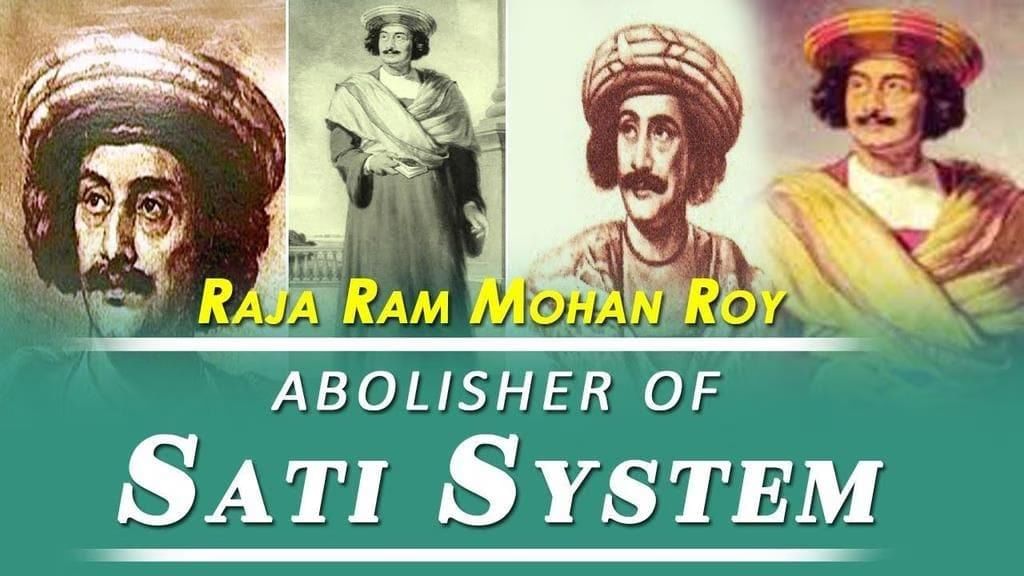
Preventing Female Infanticide
- The practice of murdering female infants immediately after their birth was a common practice among upper-class Bengalis and Rajputs who considered females to be an economic burden.
- The Bengal regulations of 1795 and 1804 declared infanticide illegal and equivalent to murder.
- An Act passed in 1870 made it compulsory for parents to register the birth of all babies.
Widow Remarriage
- The Brahmo Samaj had the issue of widow remarriage high on its agenda and did much to popularise it due to the efforts of Pandit Ishwar Chandra Vidyasagar (1820-91), that the Hindu Widows’ Remarriage Act, 1856, was passed.
- Jagannath Shankar Seth and Bhau Daji were among the active promoters of girls’ schools in Maharashtra.
- Vishnu Shastri Pandit founded the Widow Remarriage Association in the 1850s.
- Karsondas Mulji started the Satya Prakash in Gujarati in 1852 to advocate widow remarriage.
- Similar efforts were made by Professor D.K. Karve in western India and by Veerasalingam Pantulu in Madras. Karve himself married a widow in 1893.
- The right of widows to remarriage was also advocated by B .M. Malabari, Narmad (Narmadashankar Labhshankar Dave), Justice Govind Mahadeo Ranade, and K. Natarajan among others.
Controlling Child Marriage
- The Native Marriage Act of 1872 aimed to prohibit child marriage but had limited impact as it was not applicable to Hindus, Muslims, and other faiths.
- The Age of Consent Act (1891), pushed by reformer B.M. Malabari, forbade the marriage of girls below 12, influenced by the case of Rukhmabai Raut.
- Rukhmabai’s case, where she refused to live with her husband married at 11, brought attention to child marriage and women’s rights.
- The Child Marriage Restraint Act of 1929, or Sarda Act, increased marriage ages to 18 for boys and 14 for girls.
- In free India, the Child Marriage Restraint (Amendment) Act, 1978 raised marriage ages for girls to 18 and for boys to 21.
Education of Women
- The Christian missionaries were the first to set up the Calcutta Female Juvenile Society in 1819.
- The Bethune School, founded by J.E.D. Bethune, president of the Council of Education in Calcutta in 1849 was the first fruit of the powerful movement for women’s education that arose in the 1840s and 1850s.
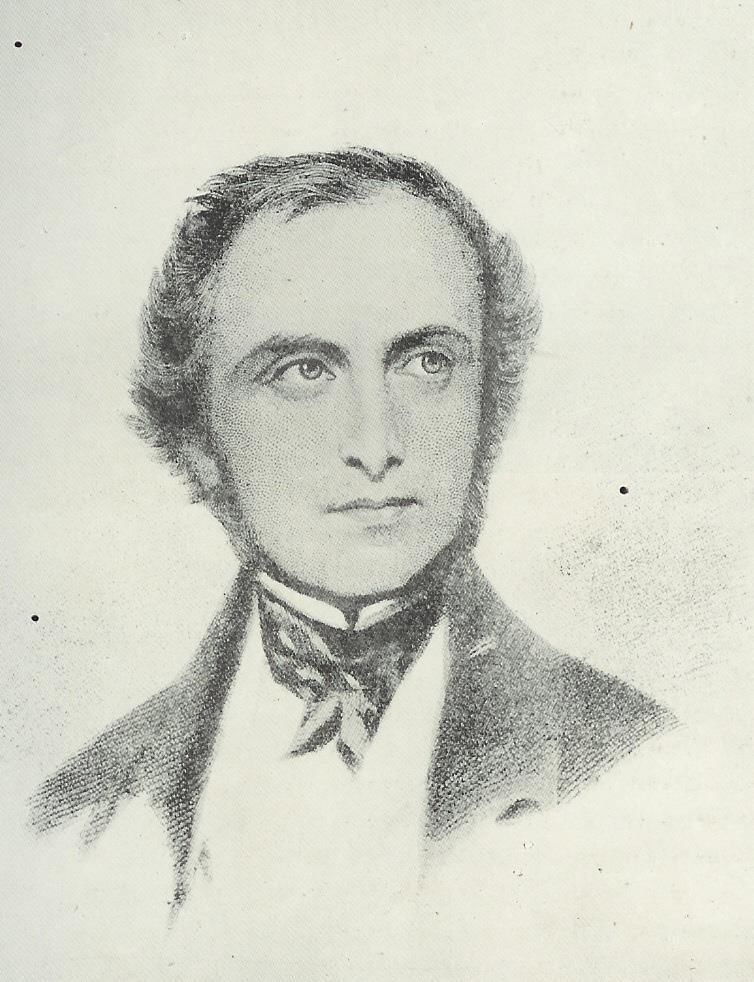 J.E.D Bethune
J.E.D Bethune - Pandit Ishwar Chandra Vidyasagar was associated with no less than 35 girls’ schools in Bengal and is considered one of the pioneers of women's education.
- Charles Wood’s Despatch on Education (1854) laid great stress on the need for female education.
- In 1914, the Women’s Medical Service did a lot of work in training nurses and midwives.
- The Indian Women’s University set up by Professor D.K. Karve in 1916 was one of the outstanding institutions imparting education to women. In the same year, Lady Hardinge Medical College was opened in Delhi.
- Health facilities began to be provided to women with the opening of Dufferin Hospitals in the 1880s.
- Sarojini Naidu went on to become the president of the Indian National Congress (1925) and later the governor of the United Provinces (1947- 49).
Women’s Organisations
- In 1910, Sarla Devi Chaudhurani convened the first meeting of the Bharat Stree Mahamandal in Allahabad. Considered the first major Indian women’s organization set up by a woman, its objectives included the promotion of education for women, the abolition of the purdah system, and improvement in the socio-economic and political status of women all over India. Sarla Devi believed that the man working for women’s upliftment lived ‘under the shade of Manu’.
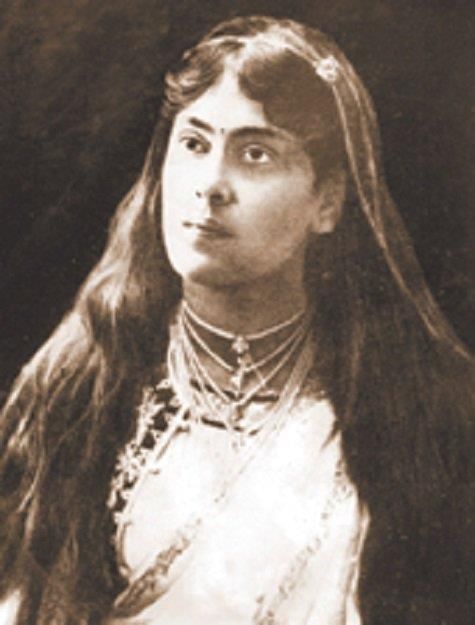 Sarla Devi Chaudhurani
Sarla Devi Chaudhurani
- Ramabai Ranade founded the Ladies Social Conference (Bharat Mahila Parishad), under the parent organization National Social Conference, in 1904 in Bombay.
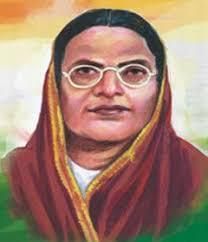 Ramabai Ranade
Ramabai Ranade - Pandita Ramabai Saraswati founded the Arya Mahila Samaj to serve the cause of women. She pleaded for improvement in the educational syllabus of Indian women before the English Education Commission which was referred to Queen Victoria. This resulted in medical education for women which started in Lady Dufferin College.
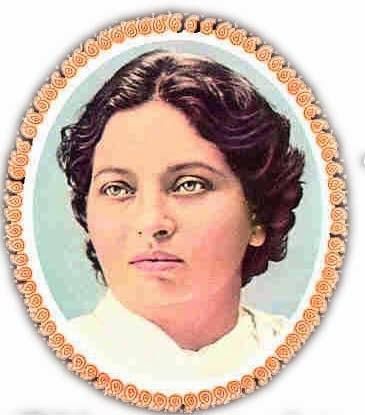 Pandita Ramabai Saraswati
Pandita Ramabai Saraswati - Later Ramabai Ranade established a branch of Arya Mahila Samaj in Bombay.
- In 1925, the National Council of Women in India, a national branch of the International Council of Women, was formed. Mehribai Tata played a vital role in its formation and advancement.
- Other women who held important positions on the executive committee of the council included Cornelia Sorabji, India’s first lady barrister; Tarabai Premchand, wife of a wealthy banker; Shaffi Tyabji, a member of one of Mumbai’s leading Muslim families; and Maharani Sucharu Devi, daughter of Keshab Chandra Sen.
- The All India Women’s Conference (AlWCf founded by Margaret Cousins in 1927, was perhaps the first women’s organization with an egalitarian approach. Its first conference was held at Ferguson College, Pune. Its objectives were to work for a society based on principles of social justice, integrity, equal rights, and opportunities; and to secure for every human being, the essentials of life, not determined by the accident of birth or sex but by planned social distribution.
- Sarda Act (1929), Hindu Women's Right to Property Act (1937), Factory Act (1947), Hindu Marriage and Divorce Act (1954), Special Marriage Act (1954), Hindu Minority and Guardianship Act (1956), Hindu Adoption and Maintenance Act (1956), the Suppression of Immoral Traffic in Women Act (1958), Maternity Benefits Act (1961), Dowry Prohibition Act (1961) and Equal Remuneration Act (1958,1976).
Struggle Against Caste-Based Exploitation
The worst-hit by the discriminatory institution of caste were the 'untouchables' or the scheduled castes/Dalits
➢ Factors that Helped to Mitigate Caste-based Discrimination
- British rule, perhaps without intention, created certain conditions that undermined caste consciousness to an extent.
- The social reform movements also strove to undermine caste-based exploitation.
- The national movement took inspiration from the principles of liberty and equality against the forces which tended to divide the society. Gandhi, in 1932, founded the All India Harijan Sangh.
- With increasing opportunities for education and general awakening, there were stirrings among the lower castes themselves.
- The struggle of the depressed classes led to the provision of special representation for these classes in the Government of India Act, 1935.
- Sri Narayana Guru in Keralacoined the slogan “one religion, one caste, one God for mankind”, which his disciple Sahadaran Ayyapan changed into “no religion, no caste, no God for mankind”.
- Dr Bhimrao Ambedkar led the Mahad Satyagraha in March 1927 to challenge the regressive customs of the caste Hindus. Dr Ambedkar established the Bahishkrit Hitakarini Sabha in 1924 to highlight the difficulties and grievances of the Dalits before the government, its motto was: 'Educate, Agitate and Organise’.
- The Constitution of free India has made equality and non-discrimination on basis of caste imperative.
Abolishment of Untouchability
The Constitution abolishes untouchability and declares any disability arising from it as unlawful. It prohibits restrictions on access to public places such as wells, tanks, bathing ghats, hotels, cinemas, and clubs.
Promotion of Social Justice
One of the Directive Principles in the Constitution emphasizes the State's responsibility to promote the welfare of the people by securing and protecting a social order informed by justice—social, economic, and political—in all national institutions.
|
210 videos|855 docs|219 tests
|
FAQs on Spectrum Summary: General Features of Socio-Religious Reform Movements - History for UPSC CSE
| 1. What were the key factors leading to the desire for socio-religious reform in India? |  |
| 2. How did the social and ideological foundations of reform influence the reform movements? |  |
| 3. What intellectual criteria were used to evaluate the need for reform movements? |  |
| 4. What were the two streams of reform movements in India? |  |
| 5. How did the fight for the betterment of women's positions manifest in the reform movements? |  |

















